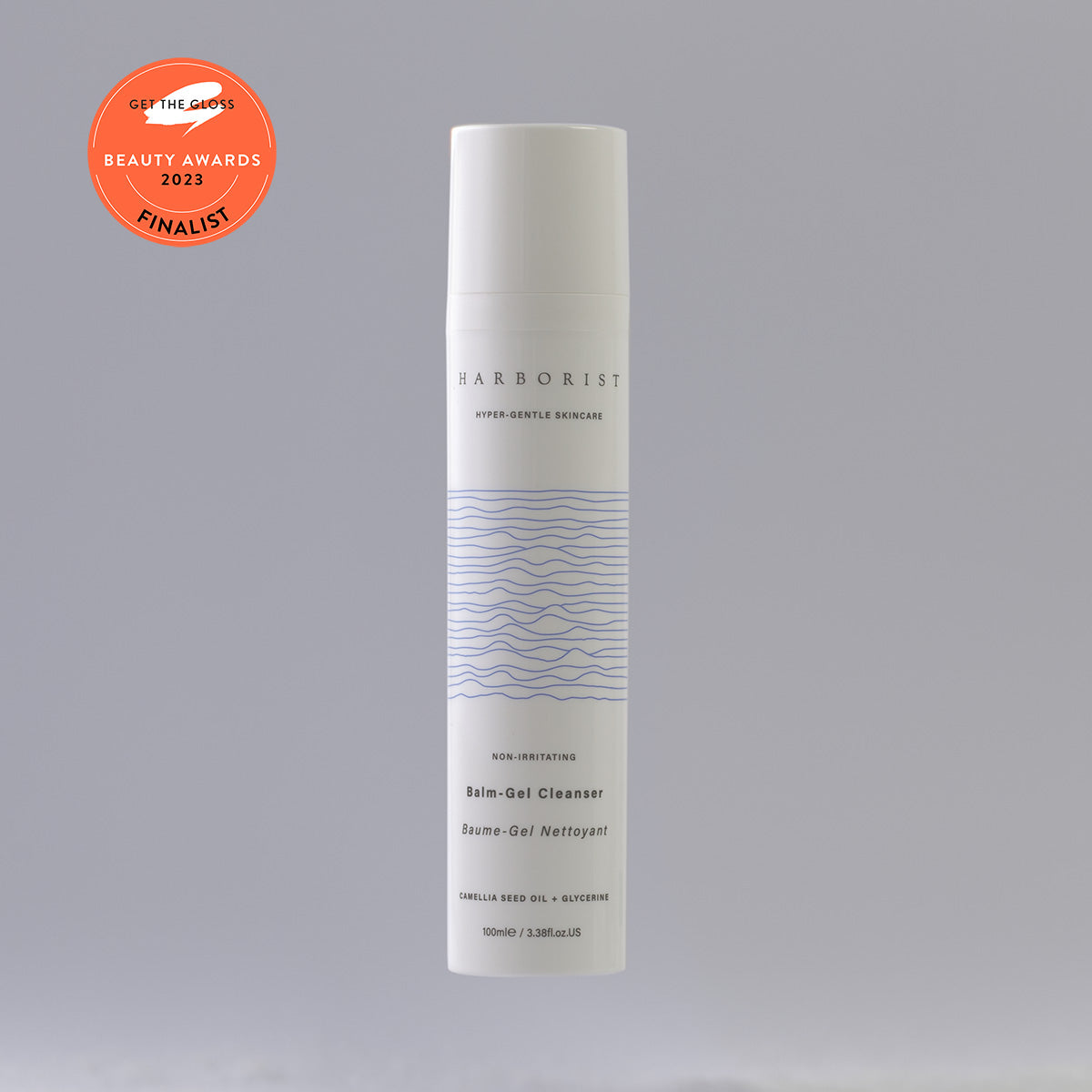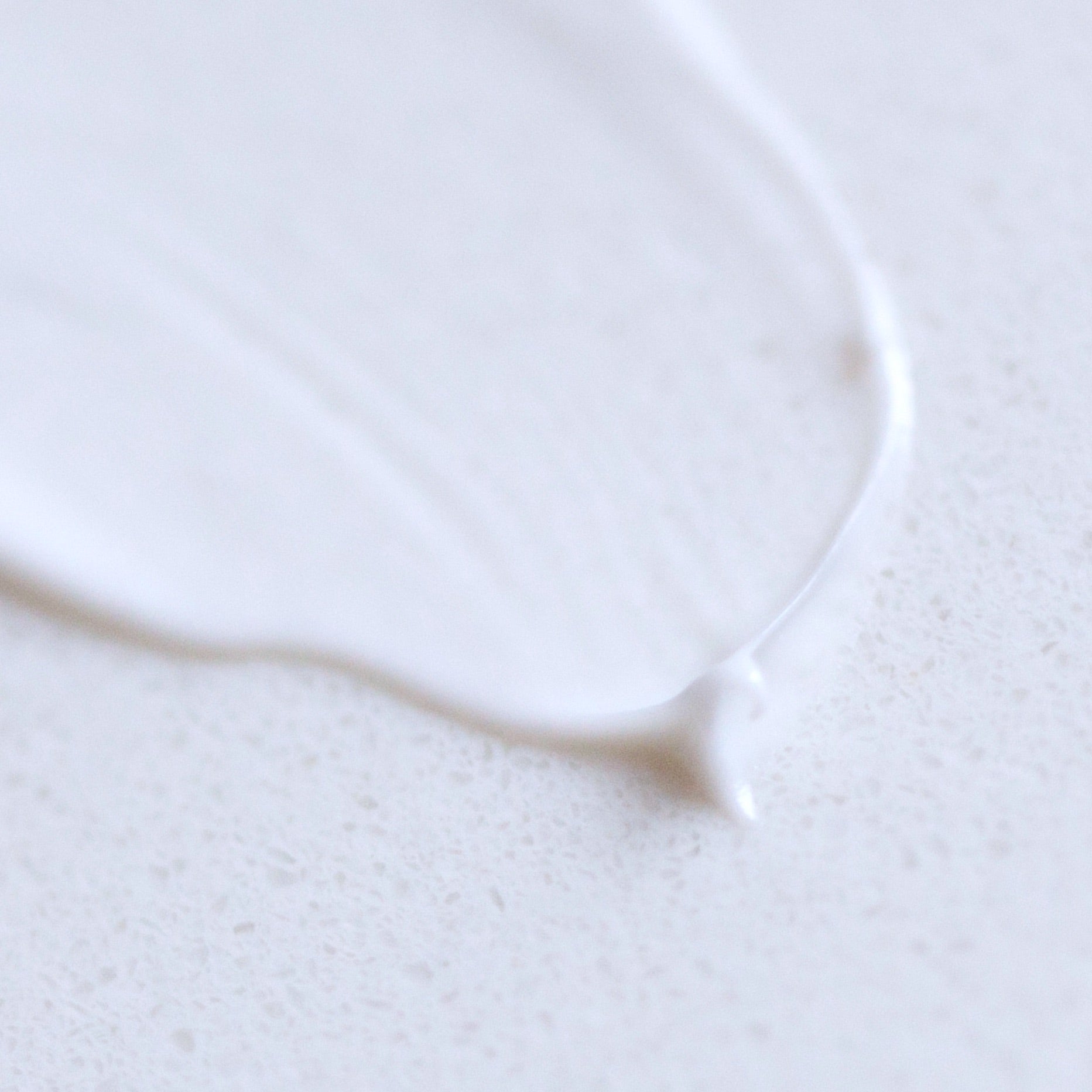Although Dermatologically tested isn't tightly regulated as a claim, it usually means the product has been patch tested in some way. Although this sounds reassuring, the problem is there is no set protocol for this, so no guarantee the test results are meaningful for your skin.
So if you've ever bought a new cleanser with all the right claims, but have had to put it at the back of the shelf after a week because your face has started feeling tight, or bumpy, or just less happy, this might be why.
There are three main testing types used to make skin claims:
-The Primary irritation test
-The HIRPT / RIPT test
-The Cumulative Irritation test
The Primary Irritation test
This is one of the most common tests used to make a dermatologically tested claim. A product is applied to the back of several volunteers, usually under an occlusive patch. After 24 or 48 hours, the skin is analysed for signs of redness or irritation. If there are minimal or no signs of irritation, a dermatologist can sign off the product (sometimes for an extra fee). A product tested this way can carry the 'dermatologically tested' claim.
The problem is that 48 hours frequently isn't enough exposure time for irritation to show up.
In this webinar between Personal Care Magazine, XCellr8, and Cutest, the MD of clinical trial lab Cutest highlights a situation where they tested 4 products for a client. Three achieved 'non-irritating' status at 48 hours. The graph to show irritation was flat at this point - there was no sign of irritation at all.
Yet extending the test duration by just a few days changed the result significantly, with increasing irritation recorded. The plot points on the lines of the chart started to move north, and they kept going the longer the test went on. Some of the products deemed non-irritating at 48 hours - which could have been marketed as suitable for sensitive skin - proved to be so irritating they would not be able to be safely placed on the market at all.
The HIRPT / RIPT test
On the other hand, repeat Patch Insult testing (RPIT/ HRPIT) is often used to show a product has a low chance of eliciting an allergic reaction. Allergic reactions are different and less common than irritation reactions. Hypoallergenic products are not necessarily non-irritating, and vice versa. However, sometimes, this test may be designed to track irritant reactions too.
In order to be meaningful, the way the test is carried out needs to reflect how we use skincare in the real world.
But this is not always the case - for example, one major testing firm includes product-free gaps of 24 hours in-between product applications. In the real world, we would want to be able to apply a moisturiser every day, not every other; including gaps would help lessen irritating effects by giving a recovery period.
Cumulative irritation test
Cumulative irritation testing is when the product is applied (usually under a patch) daily for around 5-21 days. This longer time period will yield a more accurate result than 48 hour Primary Irritation test.
But enlisting 50-200 volunteers for longer time period makes these tests significantly more expensive, so there is less incentive to use them, especially if a 48-hour patch test will give the same claim and possibly show fewer problems.
Results can be mixed
Another problem is there are no benchmarks for test results to claim 'Dermatologically tested'. A less-than-perfect result with mild irritation in some participants may still bear the claim.
But for people who are prone to stinging and sensitivity, it's very important their skincare products are genuinely not able to cause any irritation at all during normal use. A cleanser or serum that triggers slight irritation on the skin of the back after 48 hours may end up being problematic for daily use on the more delicate skin of the face.
New methods
We tested our cleanser using the XtraMild test. This is a different method where the product is applied to synthetic human skin and assessed at different time points to see the effect on cell health. It's been validated against the more extended cumulative patch test method, so that irritation reactions have time to show up. It's particularly good at detecting minor differences between very gentle products. The good thing for us is we can see very precisely the effect our product has on cell viability compared to other products. In our case, the cleanser was assessed as non-irritating but also 'maxed out' the score - so no other product scored higher.
This means you can be confident the cleanser is genuinely gentle.


